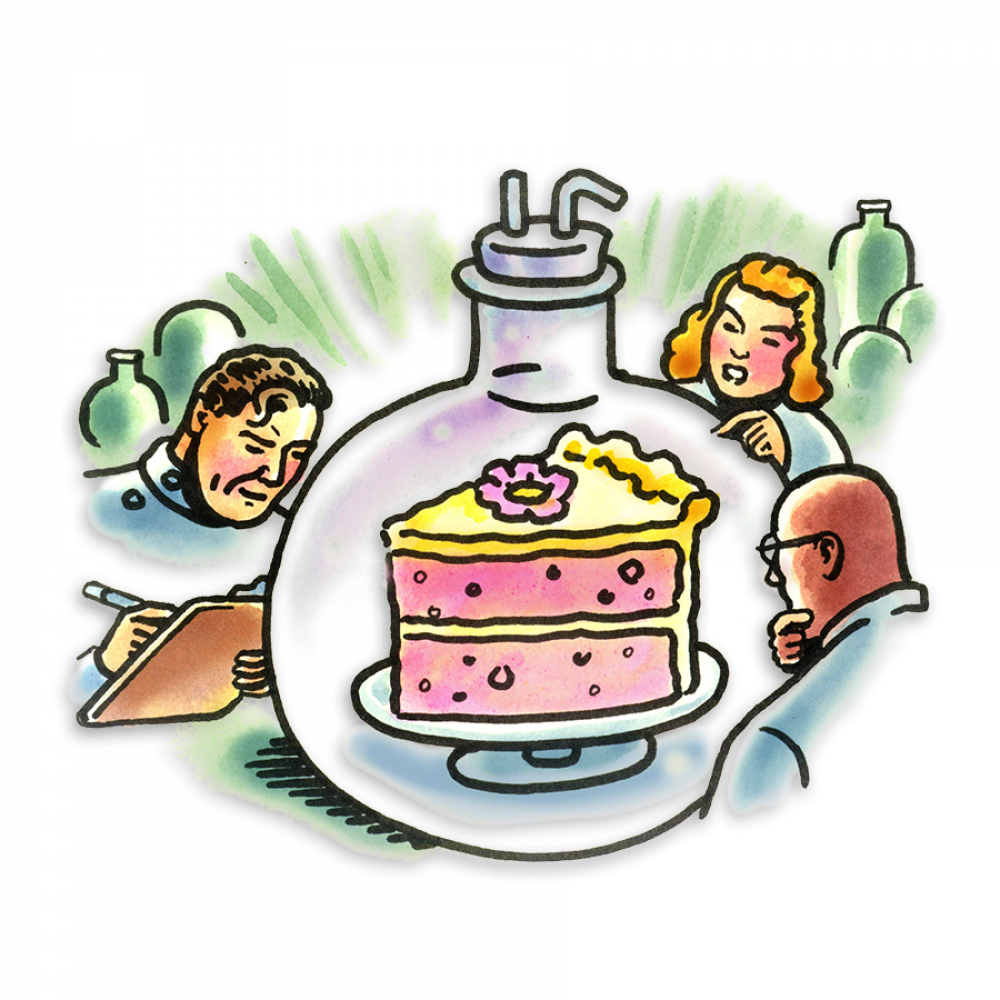
Putting the Crisp in Crispy Fried Chicken
Exceptional fried chicken is built largely on the contrast between tender meat and a shatteringly crisp coating. But Tammy Patrick, of Whiteland, Indiana, wondered which classic coating—flour or cornstarch— delivers better crunch.
Let’s start with the differences between the two. Wheat flour contains starch and protein (gluten), while cornstarch is purely starch. When plunged into hot oil, starch releases any moisture it contains, allowing it to crisp up. When protein hits the hot oil it tightens, creating tough bonds, similar to when it is kneaded. Because of this, flour typically produces a denser, chewier fried coating than cornstarch. To test which worked best, we prepared fried chicken using bone-in, skin-on thighs coated three ways: all-purpose flour, cornstarch, and a blend of equal parts of both. Our least favorite was the batch made with flour alone. It lacked crunch and had a heavy, bready coating that seemed to soak up more oil than the others. The flour-cornstarch blend was better, yielding a lighter, crispier coating. But by far our favorite was the all- cornstarch batch, which produced a crackingly crisp coating and suffered from none of the heft of the flour versions. It even retained its crunchy texture when cooled to room temperature.
All Buttered Up
There’s no question that butter is key to baking up rich, flaky biscuits. But Debora Nally, of Williamsburg, Virginia, noticed that some recipes call for cutting it cold into the dry ingredients, while others add it melted and still others freeze and then grate it. She wondered which approach is best.
The science of baking with butter suggests advantages to each method. When baked goods such as biscuits, scones and pie crusts call for cold or frozen butter to be cut into the dry ingredients, it’s so that small chunks of solid butter are left intact. That way, during baking, the water in those bits of butter evaporates into steam, leaving behind air pockets that contribute to the desired flaky texture. Melted butter, by contrast, becomes fully incorporated into the dry ingredients. This coats the particles of flour with butter, inhibiting gluten development— and less gluten generally results in more tender baked goods. To see which approach produced the best biscuit, we made three batches using cold butter, frozen butter and melted butter. While the melted butter was easier to mix into the dough, it produced tougher, disappointingly flat biscuits with no flaky pockets. That’s partly because a little gluten actually benefits biscuits: It gives the dough some stretch, allowing the dough to rise and become filled with airy pockets. By coating the particles of flour, the melted butter prevents the gluten development necessary for that elasticity. Additionally, the water in the melted butter doesn’t evaporate in the same way as cold or frozen butter. The cold butter was better, yielding plenty of flakiness. But the best was the frozen butter, which made biscuits with the lightest, flakiest and softest texture, as well as with the highest rise. This is because the bits of frozen butter remained more intact during mixing than the cold butter.
Getting Granular About White Sugar
All brands of granulated white sugar may look the same, but do they all perform the same? Since white sugar is commonly made from two sources—either sugar cane or sugar beets—Jill Nix, of Crown Point, Indiana, wondered whether there is any meaningful difference between the two.
Whether it’s cane sugar or beet sugar, granulated sugar typically is refined and purified to the point that it is at least
99.9 percent sucrose. Which suggests that by the time granu- lated sugar hits supermarket shelves, all varieties should be virtually identical regardless of what they were made from. Except when we examined them, we found one surprising variable: the size of the granules. Granule size varied across sugar varieties, indicating it’s a factor more of the production process than of the source of the sugar. In recipes in which the sugar is dissolved during mixing, this likely isn’t a problem. But we wondered whether it mattered when the sugar doesn’t dissolve, as in cake batters made by creaming butter and sugar. To find out, we baked a basic vanilla cake using sugars derived from both sugar cane and sugar beets. In each case, we found no difference in f lavor. But we did discover that whichever variety had the smallest granules produced the softest, most tender cake: Smaller crystals dissolve more quickly and completely in the moisture in the batter, binding to water molecules in a way that prevents them from developing gluten that would makes the batter tough. So when shopping for sugar, don’t focus on the source, just the size (a good reason to skip larger granule sugars such as turbinado, at least for baking).




